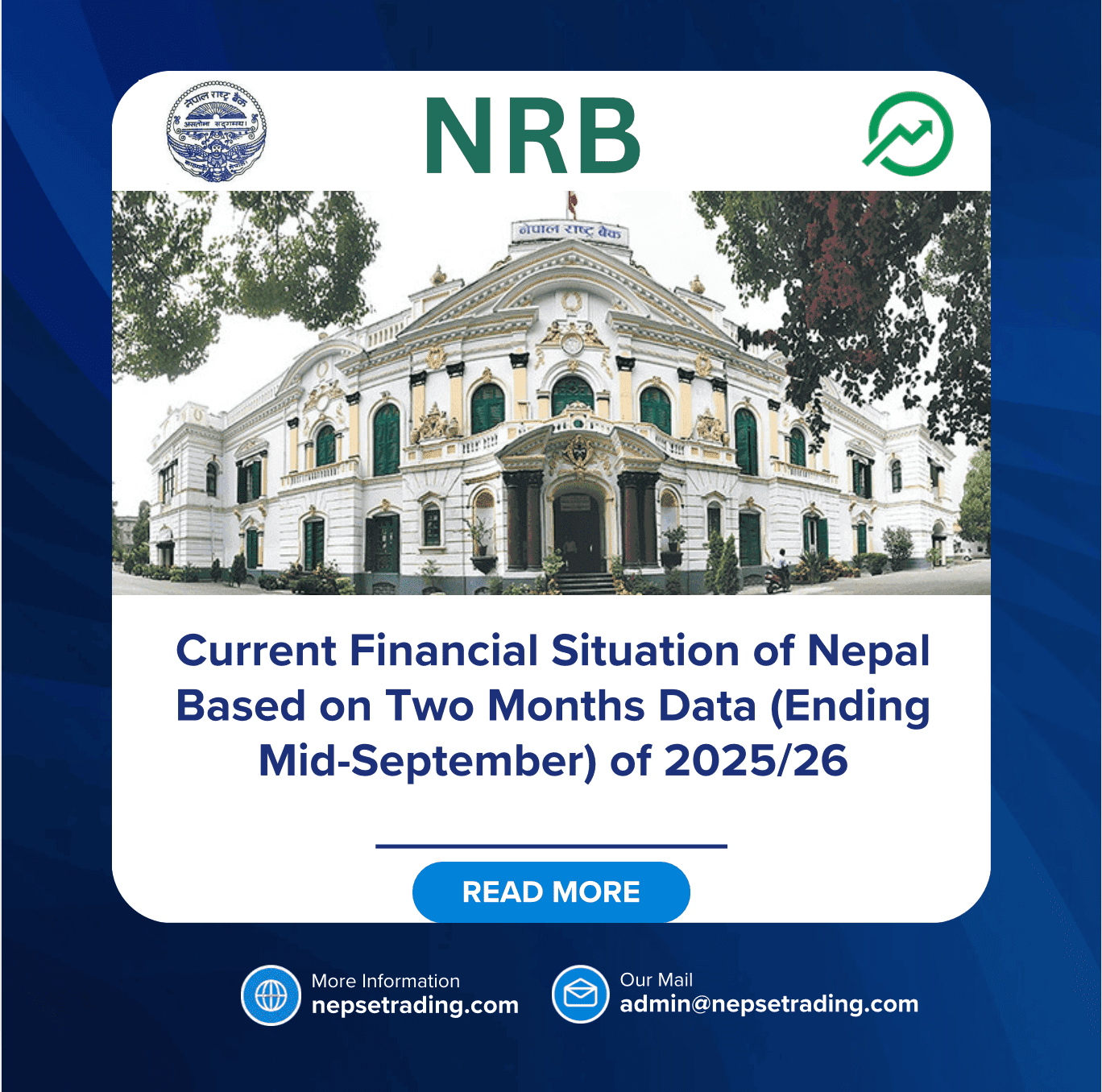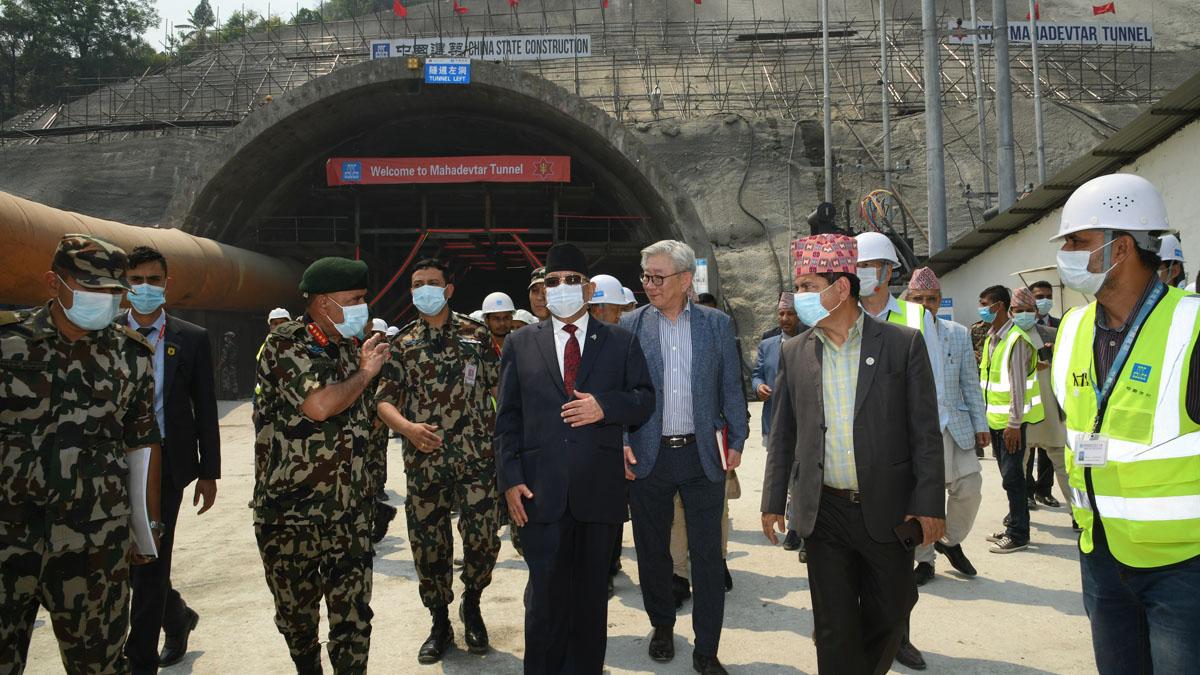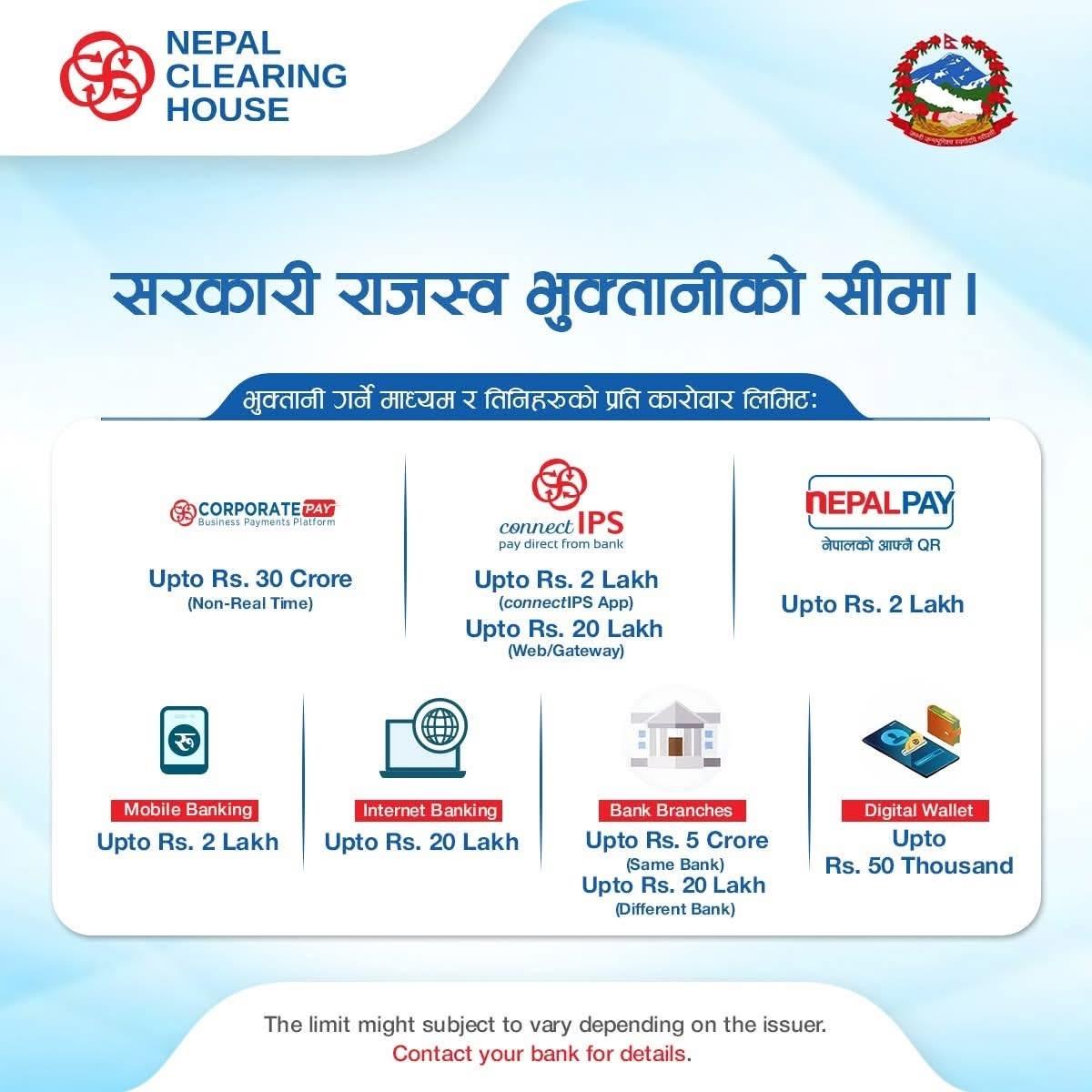By Sandeep Chaudhary
Nepal Tourism Revival 2025 — Foreign Arrivals Reach Highest Post-Pandemic Level

Nepal’s tourism industry experienced a remarkable revival in 2025, with foreign tourist arrivals reaching their highest level since the COVID-19 pandemic, according to data from the Nepal Tourism Board (NTB) and the Nepal Rastra Bank (NRB). A total of 815,273 international visitors entered the country in 2025, reflecting a 20% increase compared to 2024 and nearly a threefold rise compared to 2022. This milestone firmly positions Nepal as one of the fastest-recovering tourism destinations in South Asia, driven by renewed confidence in global travel and targeted government efforts.
The recovery was led by strong inflows from India, China, and Europe, which together contributed to the majority of arrivals. Improved air connectivity, the introduction of digital visa services, and aggressive global marketing campaigns under the “Visit Nepal” initiative significantly boosted the country’s visibility. The months of January, March, and October recorded the highest tourist footfall, coinciding with popular trekking seasons, mountaineering expeditions, and major cultural festivals like Maha Shivaratri, Holi, and Dashain.
Hotels, airlines, and trekking agencies reported a noticeable increase in bookings and revenue, especially in popular destinations such as Kathmandu, Pokhara, Chitwan, and Everest regions. Industry stakeholders credit the government’s ongoing investment in infrastructure—such as airport upgrades, road connectivity, and eco-tourism trails—for enhancing accessibility and improving the overall travel experience. The tourism revival has also been instrumental in creating employment opportunities, boosting local economies, and stabilizing foreign exchange reserves through tourism income.
However, experts caution that sustaining this momentum requires a stronger focus on sustainable tourism practices, regional diversification, and year-round destination management. Over-reliance on peak seasons poses long-term challenges for the sector. Policies promoting community-based tourism, environmental preservation, and digital transformation are seen as key to ensuring that Nepal’s tourism remains both competitive and environmentally responsible.
With this revival, Nepal has successfully regained its global identity as a safe, scenic, and spiritually rich destination. Analysts predict that if current trends continue, Nepal will likely cross the one-million-visitor mark again by 2026, symbolizing a full post-pandemic recovery and a new era for the country’s travel economy.









